A Trip Across America: History Around Every Corner
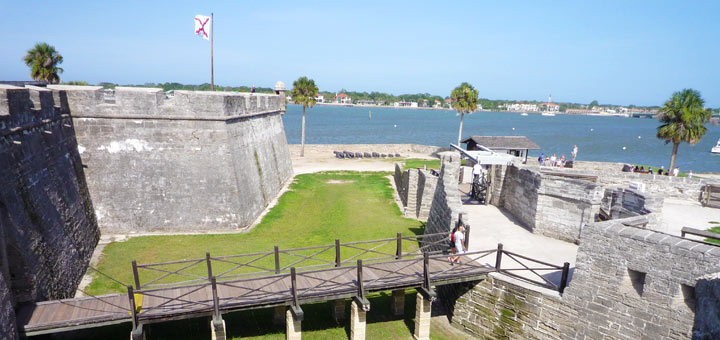
America is a land filled with history. From vast wilderness areas to the most modern cities, some connection to the past can be found – if one cares to look.
The first part in this series examined how family migrations helped to shape our country, while the second explored the varied terrains and different peoples of the United States. In the third and final article, we will discover notable historic sites and what, if any, relationship they have to the Hagenbuch family.
One of the first places my wife, Sara, and I stopped at during our month-long trip across America was Donner Pass in California. Without a doubt, this place is best known for the disaster that befell the Donner-Reed Party in 1846. However, the location is also important for being where the Transcontinental Railroad traversed the Sierra Nevada Mountains, expediting the movement of families westward. Hagenbuchs almost certainly passed through this area as they migrated to California and the West Coast.
Leaving the Sierras we entered Carson City, Nevada on June 27th. While walking around the town, we stumbled upon two historic sites. The first was the boyhood home of George Washington Gale Ferris, inventor of the Ferris wheel. The next happened to be where Mark Twain had stayed with his brother Orion Clemens, who served as Secretary of Nevada Territory from 1861 to 1864.
Salt Lake City, Utah is notable for the people who founded it – the Mormons. On June 2nd we visited the city, including Temple Square. Though we could not enter the Mormon Temple, we did visit the Tabernacle and other buildings on the square. Mormons have a keen interest in genealogy, and many writings on the Hagenbuch family can be found in the Family History Library in Salt Lake City. Its collections even hold a set of the The Beech Grove family newsletter, which my father published between 1982 and 1992.
The Southwest is full of history, especially that of native peoples and the settlers who later arrived later. At Arches National Park in Utah, Sara and I hiked by the remains of Wolfe Ranch. Established by John Wesley Wolfe in 1898, the hardscrabble farm consists of a few rough buildings in the middle of the dry, red rock desert. In such an inhospitable place, the Wolfe family eked out a living, reminding me of the difficulties Andrew Hagenbuch (b. 1711, d. 1785) faced on Pennsylvania’s frontier.
On June 6th we passed through Colorado Springs and stopped at Garden of the Gods to view its beautiful rock formations. Much to our surprise, we discovered that the park had no entrance fee! Sure enough, there was a bit of history here. In 1879, Charles Elliot Perkins purchased the land which today forms the park. After he died, the land was given to the city of Colorado Springs under the stipulation that it become a free space for everyone to enjoy.
Continuing north, we stopped at the location of Fort Laramie in Wyoming on June 7th. Here, we paid our respects to the many emigrants who traveled past the fort while following the Oregon Trail. Later, on June 10th we visited another former military site, this time in South Dakota. Minuteman National Historic Site consists of several decommissioned nuclear missile silos and tells the story of the Cold War, an event which impacted many Hagenbuchs during the 20th century.
Turning south, we drove through Hamilton, Missouri on June 13th. This once prosperous town, which fell on hard times during the late 1900s, has now reinvented itself as “Quilt Town USA” thanks to the Missouri Star Quilt Company headquartered there. As we strolled down the street, we happened upon the boyhood home of James Cash Penney, founder of J.C. Penney department stores. Later that same day, we also visited Mark Twain’s boyhood home in Hannibal, Missouri along the Mississippi River.
In Memphis, Tennessee we toured the National Civil Rights Museum, which is located behind the preserved facade of the Lorraine Motel. It is here where Dr. Martin Luther King, Jr. was assassinated on April 4, 1968. History is full of large and insignificant events both tragic and humorous in nature. On June 16th we found one of these lighthearted moments in Onward, Mississippi. Along the road stands a marker commemorating Theodore Roosevelt’s failed bear hunt that inspired the creation of the teddy bear!
Traveling on Route 61, we arrived in Vicksburg, Mississippi and toured the Civil War battlefield there. Though frequently overshadowed by Gettysburg, Ulysses S. Grant’s victory at Vicksburg cleared the way for Union ships to safely navigate the Mississippi River. On June 17, we continued south while following the Natchez Trace Parkway. First used as a trail by American Indians, this scenic road later became an important route connecting Nashville, Tennessee to Natchez, Mississippi.
Arriving in New Orleans, Louisiana, we were overwhelmed by the numerous historic buildings, sites, and places within the city. Of particular note was St. Louis Cathedral and the statue of Andrew Jackson that marks his successful defense of New Orleans against a British invasion in 1815. St. Augustine, Florida is another southern town with deep roots going all the way back to 1565 when it was founded by the Spanish. On June 22nd, we explored many places there including the old Spanish fort, the Castillo De San Marcos.
While walking through the exhibits in the fort, I happened to see an image of Captain Richard Henry Pratt, who was stationed there beginning in 1875. I immediately recognized this to be the same Pratt who eventually founded the Carlisle Indian Industrial School in Pennsylvania. Noting an interesting family connection, my father completed his doctoral dissertation on Pratt and the school in the 1990s.
Starting north along the coast, we visited Savannah, Georgia on June 23rd and reached Charleston, South Carolina on June 24th. Standing at the Battery along Charleston Harbor we spied Fort Sumter, where the American Civil War began on April 12, 1861. Many Hagenbuchs served during the conflict, including Solomon D. Hagenbuch (b. 1838, d. 1864).
We would think of Solomon again when we stopped in Petersburg, Virginia on June 26th. Solomon was killed during the Battle of Petersburg while fighting for the Union. His body was eventually transported back to his home state of Pennsylvania and buried at Delaware Run Lutheran Church in Watsontown. Coincidentally, this is the same church where I was baptized and where my maternal grandfather, Rev. Roy A. Gutshall (b. 1920, d. 2004), once served as minister.
After 28 days on the road, Sara and I arrived in Pennsylvania on June 27th. Looking back now, we agree that this trip across America is one that we will remember for the rest of our lives and is something we will encourage others to embark upon in the future. Exploring the country which we call home has fostered within us a unique understanding of what we are as a people and has also brought us closer to our family of the past and present.

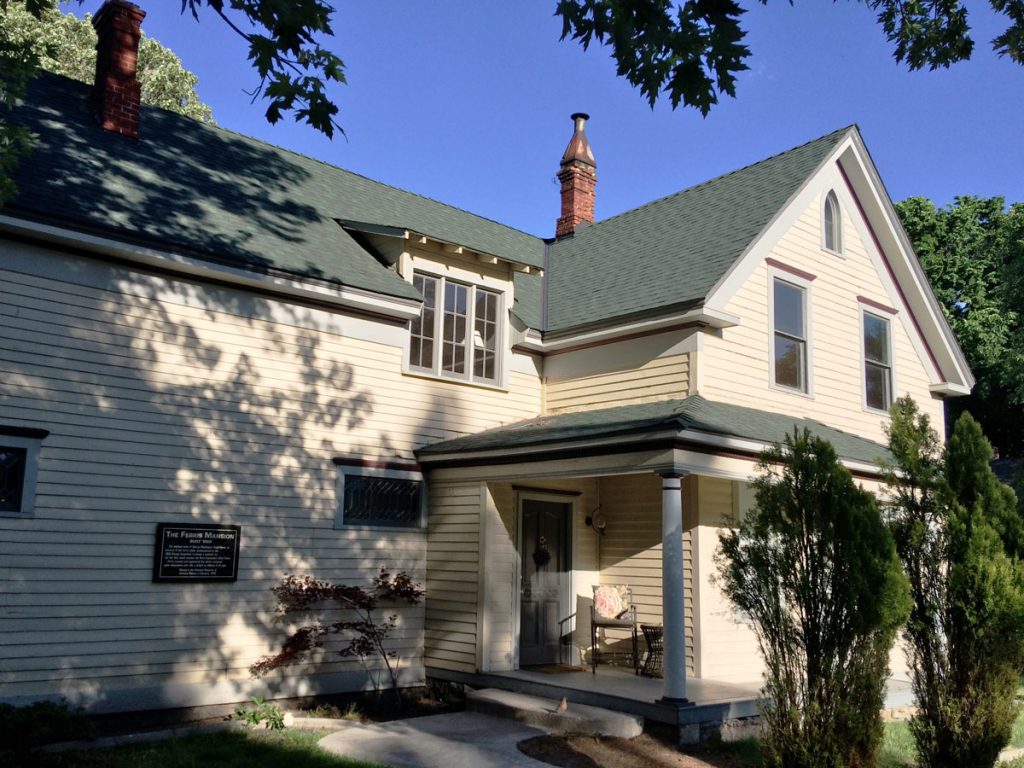
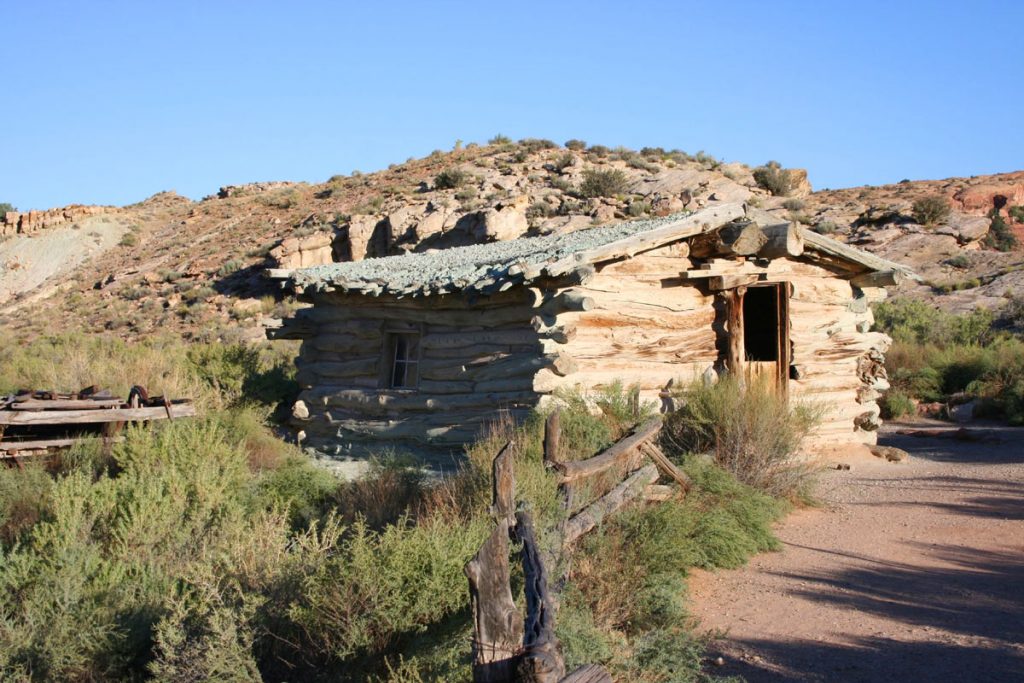
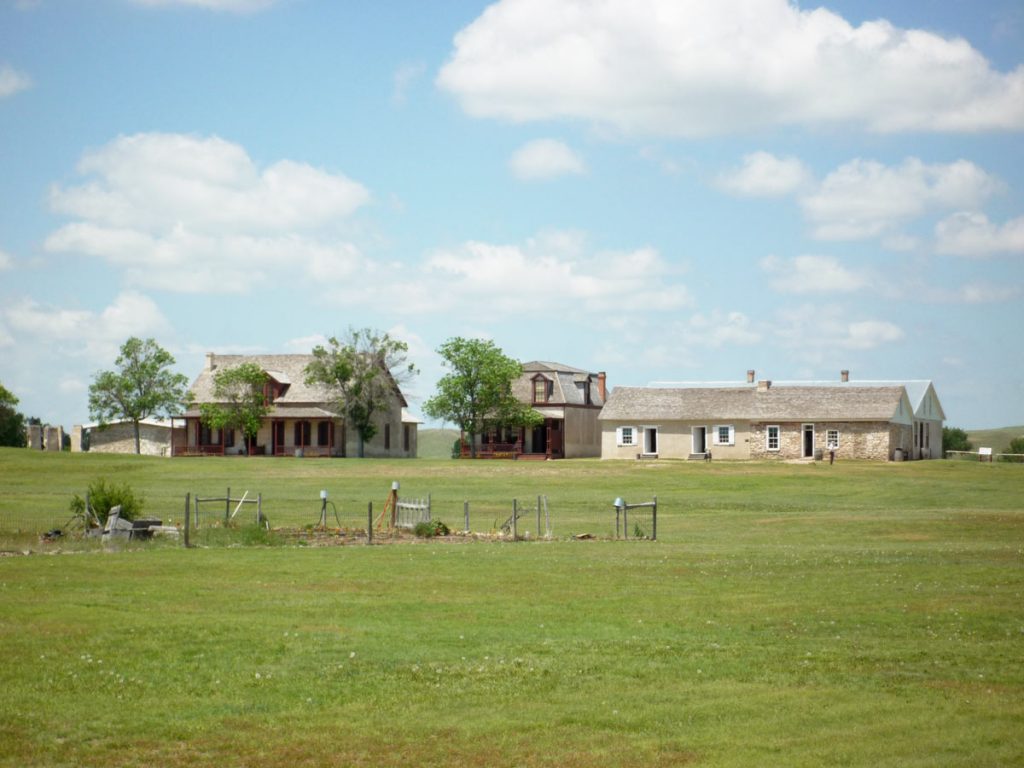
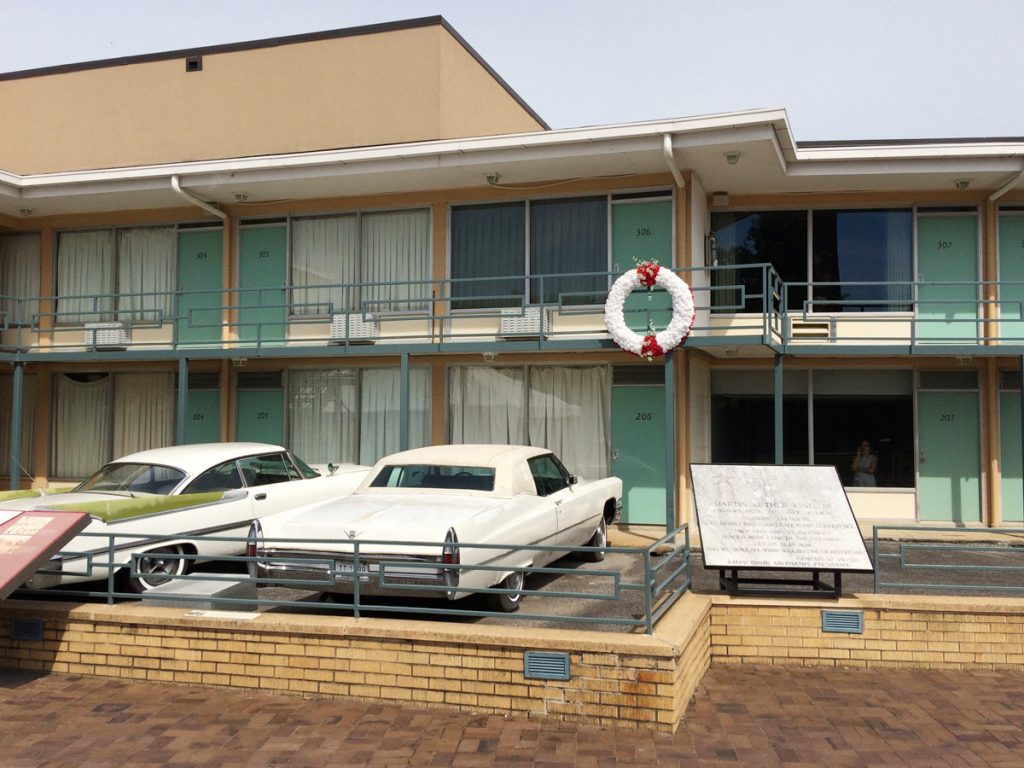
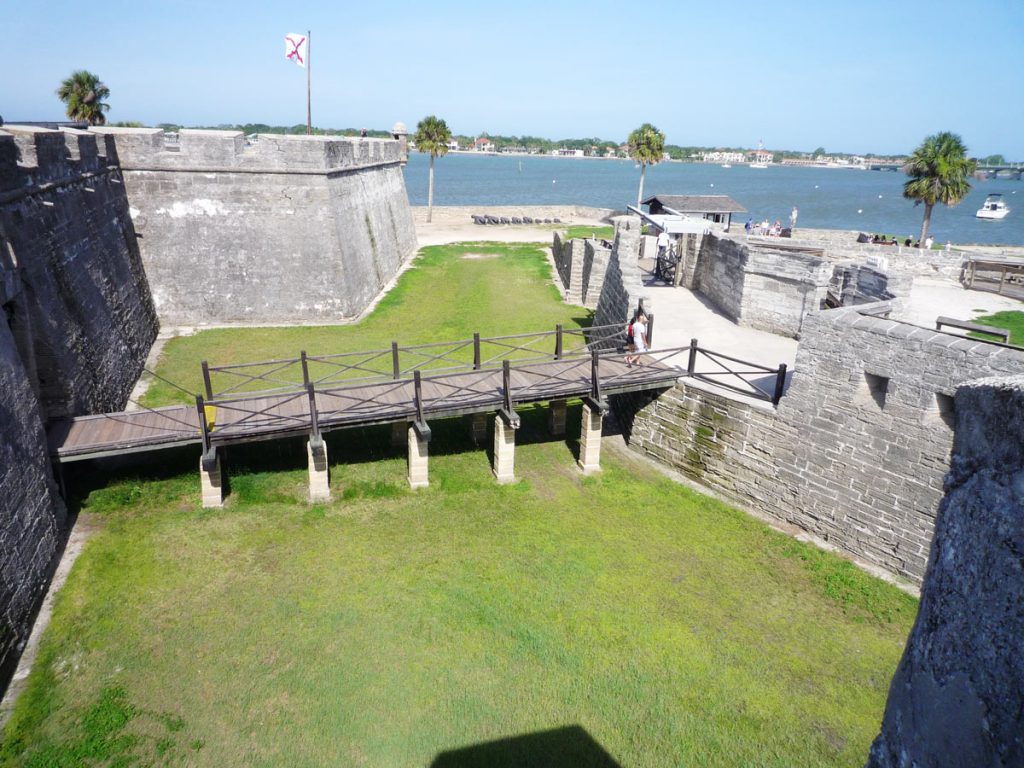
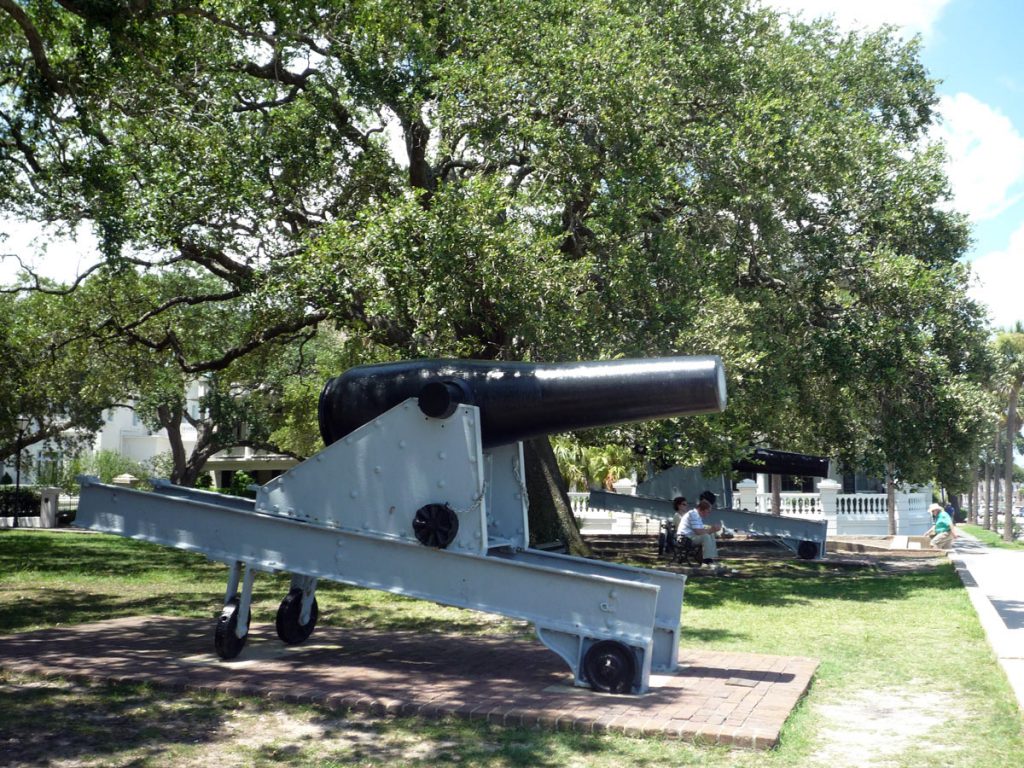
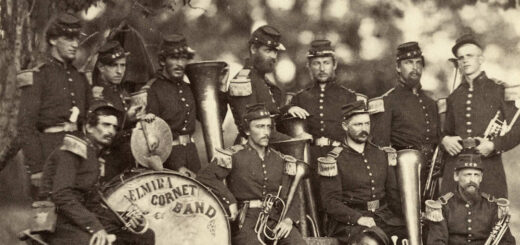
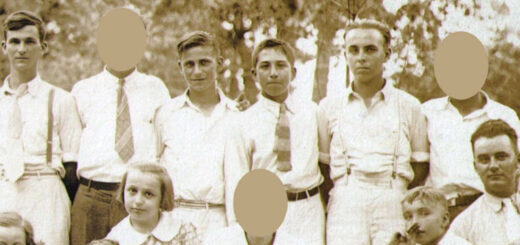
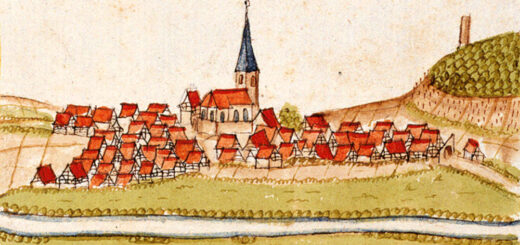













The timezone in Hagenbuch Ranch is America/Whitehorse
Morning Sunrise at 06:11 and Evening Sunset at 16:41. It’s Dark
Rough GPS position Latitude. 41.9464°, Longitude. -115.7417° , Elevation. 1792m.
My grandfather’s ranch: Rea Hagenbuch
Hi Ray. Thanks for the message about your grandfather’s ranch! I will shoot your an email to discuss further.